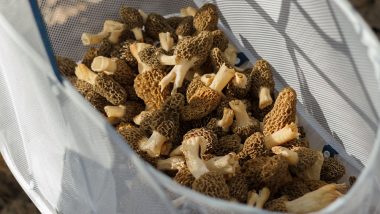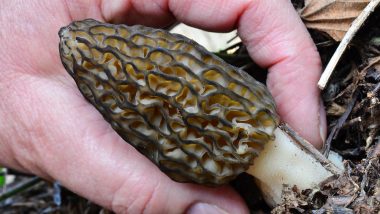Morel mushrooms are a gift of springtime. They first appear in early March depending where you live.
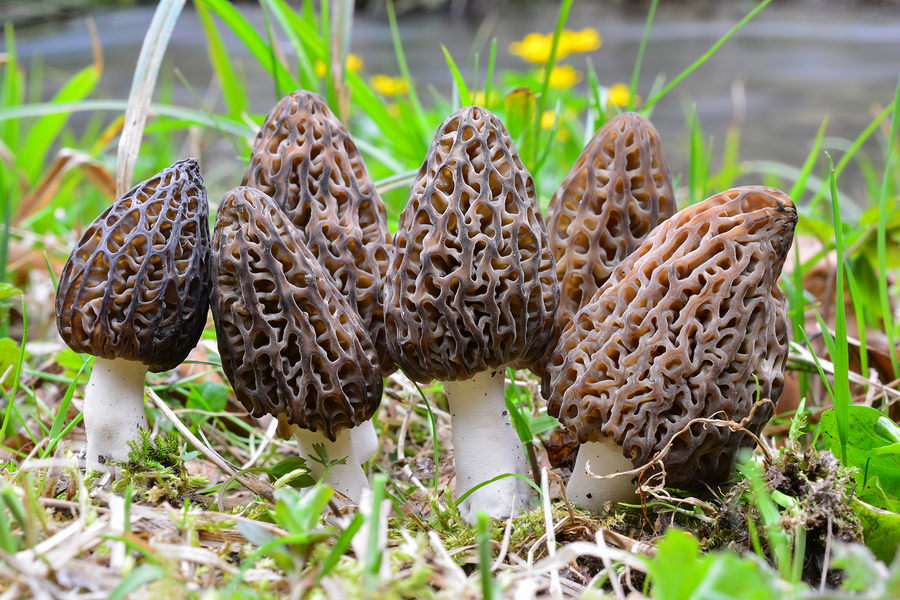
Mushroom hunters are as possessive of their secret hunting grounds as deer hunters or bass fishermen are about their secret hunting or fishing spots.
To be clear, morel mushrooms are not really a mushroom, but a fungus. Knowing where to find morels can be mysterious until you know how to read the signs of the wilderness.
Reading the Signs
The temperature is key to when you see the first signs of morel mushrooms. Moisture is another determining factor. You may not enjoy a lot of rain in the spring but morels thrive in moist conditions.
You will find most morels at the bottom of a mountain or hillside at the beginning of spring. As the weather rises, so too does the growth of morels in the higher elevations.
If the ground has been disturbed or there was a recent wildfire, you can expect a boom in morel mushroom growth. The potassium nutrients that come from the ash allow the morel to establish a hold on the site.
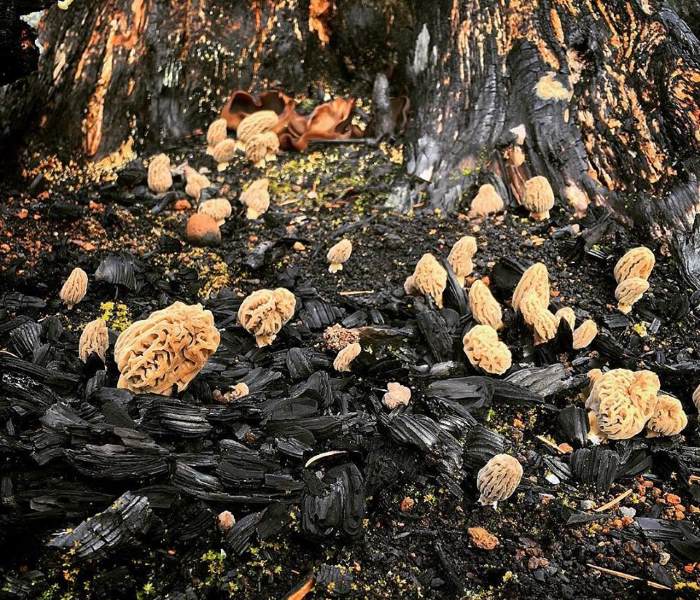
Morels Growing in a Burned Area
It may be that the roots of some trees provide the food which spawns the morel. It’s not known what relationships the morels have with specific plants but this could be the reason they are found near certain types of trees.
When you are out and about, and you find one morel mushroom, stop and look around. Where you find one, you will usually find more.
Timing
It’s been said that if the oak leaves are about the size of a mouse’s ear, you know that you can start mushroom hunting. That will be the time that the temperature is just right for morels to start growing.
Learn Your Trees
You need to know which trees the morel likes. The best are elm, sycamore, hickory and ash. Old apple orchards are another good place to search. No one really knows if there is a symbiotic relationship with these trees or if it’s the soil around them.
Soil Temperature Must be Right
The temperature of the soil has to be in the 50s and a wet spring will produce more mushrooms. When the nights are 50 degrees or higher and you add some rain, you should start seeing mushrooms. Areas that hold puddles of water won’t produce mushrooms so be sure to look for areas that are moist but well-drained.
Look South and West Early in the Season
You can find morels on the south and west slopes early in the season. This is because the soil will be warmest here. Although you might find them in grass, the humidity in the forest helps them to grow better.
False Morels
You have to be very careful when mushroom hunting because some mushrooms can be fatal. The thing about the morel mushroom is that they are very hard to confuse them with other mushrooms. There is only one that looks similar with the wrinkly cap and that’s called the false morel. It isn’t hollow like the morel.
Big or Small – They are Delicious
You can find them from as small as a thimble to as large as a soda can. The ones in the early season are about thumb sized and are usually black.
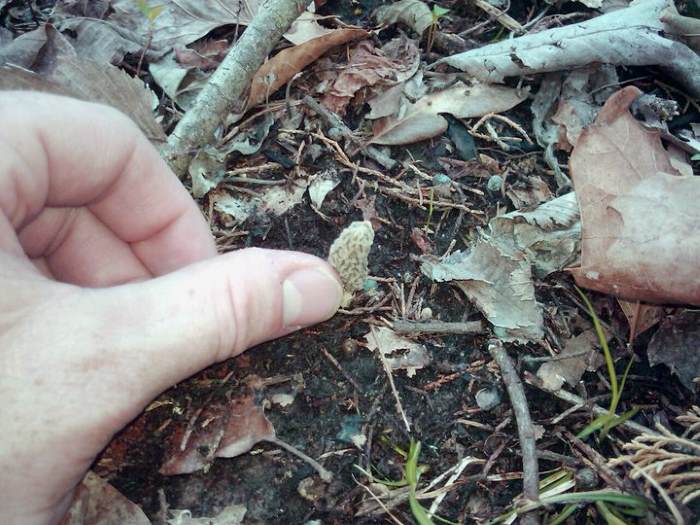
A Small Morel
The gray and yellow morels can be found later and they are bigger. The growing season for a morel is about three weeks. The season starts earlier in the south and of course, later in the north.
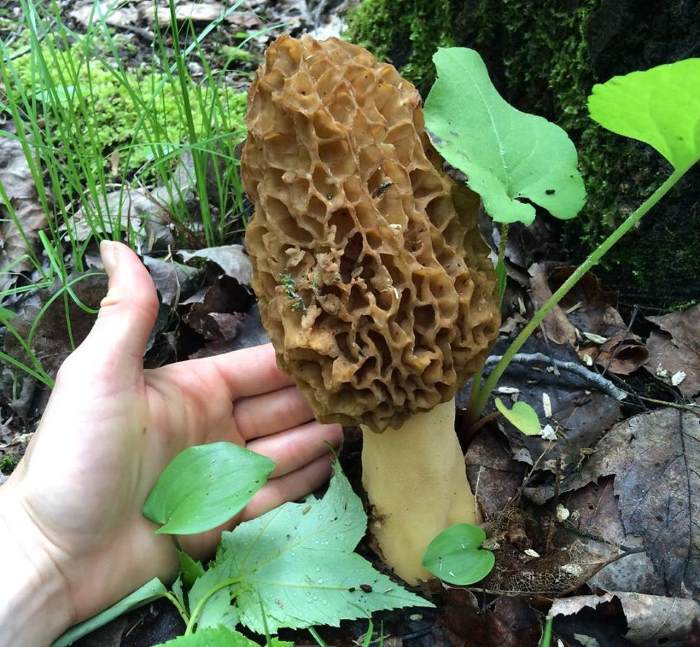
A Large Morel
Morels have the ability to hide in plain sight and blend in with the dead leaves on the floor of the forest. The rich and creamy flavor makes them a rare delicacy that is in-season just a few short weeks each year.
Knowing where to find morels and what signs of the forest to look for should help you find more mushrooms. Don’t give up and keep looking! Once you find a few, you can come back to the same spot in a day or two and find even more!
